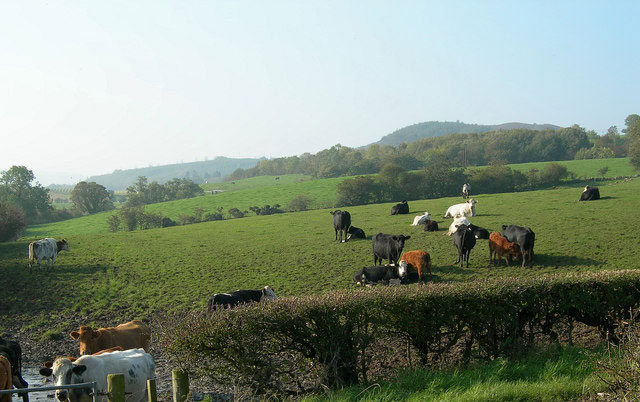
Treating lungworm infection swiftly and effectively in beef and dairy cattle is vital to help prevent major losses in productivity, according to Merial Animal Health.
Victoria Hudson, Brand Manager for Merial Animal Health says: “Even when animals recover from the disease, the costs of a clinical outbreak and its effect on productivity and profitability can be substantial. Reduced milk output of affected animals, reduced fertility, cost of replacements and treatment costs can have a significant impact.
“A study published in 2011 looking at two outbreaks of lungworm in dairy cows reported losses of £126 per head in one case and £129 in another. These costs were due to reduced milk production, disposal of dead animals, extra inseminations, laboratory diagnosis and treatments.”
July, August and September are the most common months for outbreaks of the disease, but the threat of lungworm can continue until November or even December, particularly in mild and wet conditions.
Ms Hudson advises that where lungworm larvae over-winter on pasture, cattle will pick up low levels of infection although they are unlikely to show clinical signs at first. By mid to late summer there will be sufficient numbers of larvae on pasture to cause a disease outbreak if animals are not treated promptly.
Warm wet weather favours parasite development and survival on pasture and levels of pasture infectivity can increase rapidly and present a challenge to grazing animals. Dispersal of larvae from the dung pats is facilitated by heavy rain and the fungus Pilobolus, which commonly grows on dung pats.
The disease can quickly develop within a herd, with untreated cattle returning up to 12,500 times more larvae to the pasture than they originally ingested. Those which are heavily infected may have thousands of developing worms in their lungs and airways, often resulting in death from respiratory failure.
